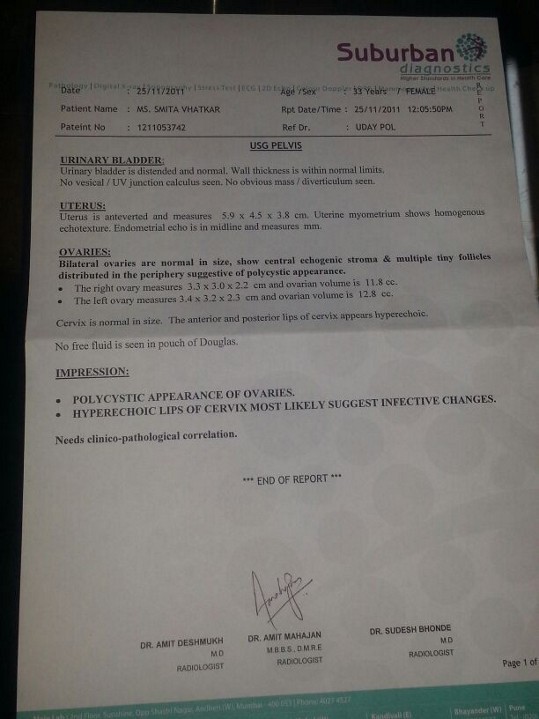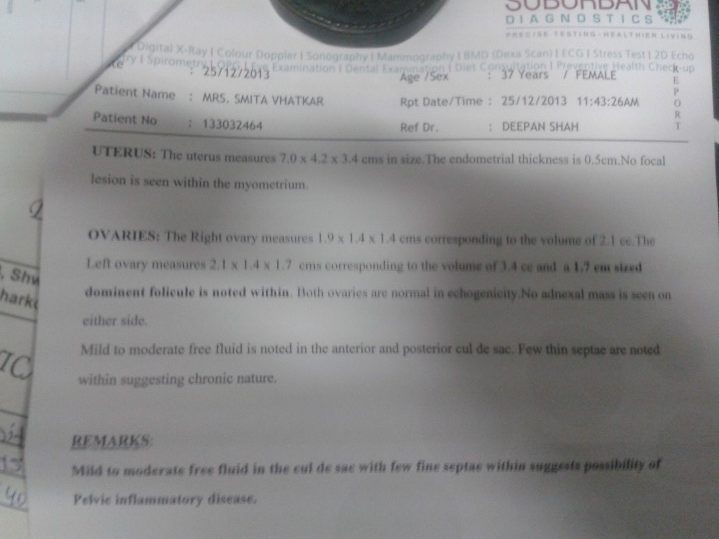PCOS is caused due to Hyperandrogenism and has strong germ line and/or acquired genetic anomaly, Strongly associated with heriditary as clustering of members with condition in same family Is very commonly seen.
Lifestyle, lack of exercise proper sleep and dietary irregularities contribute to Polycystic ovarian Syndrome, it is observed that most of the symptoms of Polycystic Ovarian Syndrome are ammeliorated only by regular exercise and diet.


PCOS is characterised by
- Oligovulation /anovulation and or polycystic ovary.
- Hyperandrogenism
- Exclusion of all other causative factors of hyperandrogenism.
Sign and Symptoms of PCOS
- Polycystic ovaries, strings of follicles peripherally located in ovaries detected by USG.
- Oligovulation or Anovulation
- Various types of Menstrual disorders but mostly Oligomenorrhoea less than 9/annum or Amenorrhoea.
- Hyperandrogenism, excessive androgens , especially ovarian testosterone
- Reduced sensitivity to insulin
- Hirsuitism excessive hair growth in females especially on beard upperlips abdomen chest and back
- Central obesity
- Eevated Homocystien levels
- Acne on face neck back and upper chest
- Infertility
- Dark velvety thickening of skin especially on neck and other extensor surfaces.
Pathogenesis of PCOS
It is caused due to increase in ovarian androgens especially testosterone due to one or more of the following reasons with combination of genetic factors.
Insulin resistence causing Hyperinsulinaemia which disturbs Hypothalamo-Pitutary-Ovarian Axis causing increase in GnRH which causes increase in LH:FSH ratio which increases ovarian androgen, reduces follicular maturity and SHBG binding giving rise to Polycystic Ovarian Syndrome.
Also insulin in presence of its cognate receptors in presence of cAMP via P13k increases activity of 17α-Hydroxylase which is responsible for Androgen precursor synthesis so hyperinsulinaemia contributes in pathogenesis of Polycystic Ovarian Syndrome.
It is observed that insulin resistance and obesity is strongly associated in pathogenesis of Polycystic Ovarian Syndrome.
FMR1gene Subtype is associated with Poly Cystic Ovarian Syndrome.
Chronic inflamation, certain inflamatory mediators and oxygen radicals are also associated with Polycystic Ovarian Syndrome.
Diagnosis of PCOS
1)Ultra Sonography(USG) findings in Polycystic Ovarian Syndrome.
- Strings of ovarian follicles peripherally arranged in ovaries more than 25 in number most of them arrest in growth at 5-7mm and no dominant follicle reaching preovulatory size of above 16mm. It appears like “string of pearls” on USG.
- Oligovulation or Anovulation
2) Blood Test related to PCOS
- Testosterone elevated
- DHEAS elevated
- LH elevated
- FSH reduced
- SHBG reduced
- LH:FSH increased
- Free Testosterone: SHBG increased
3) Clinical signs of PCOS
- Oligomenorrhoea less than 9/year or Amenorrhoea
- Hirsutism , excessive hairgrowth.
- Obesity
- Acne
Homoeopathic Medicines for PCOS
- Pulsatilla
- Sepia
- Cyclamen
- Trillium Pendulum
- Platina
- Alumina

its really amazing blog on polycystic ovarian syndrome acne help its really great blog with amazing content its worth reading it